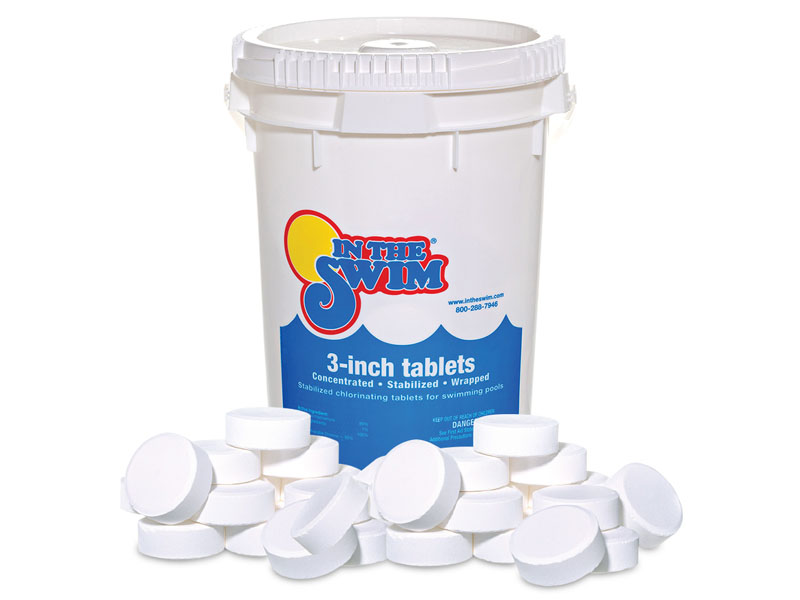Chlorine tablets play a crucial role in maintaining pool water hygiene and clarity. However, the method of application can significantly affect their safety and efficiency. This article explores the direct application of chlorine tablets to your pool and provides insights into the safest practices for pool maintenance.
Understanding Chlorine Tablets
Chlorine tablets are a popular choice for pool sanitation due to their ease of use and effectiveness in killing bacteria and algae. These tablets contain concentrated chlorine and dissolve slowly, releasing chlorine steadily into the pool water.
How Chlorine Tablets Work
When you introduce chlorine tablets into your pool, they begin to dissolve, slowly releasing chlorine into the water. This chlorine then works to sanitize the pool by killing bacteria, viruses, and algae, ensuring the pool is safe for swimming.
Benefits of Using Chlorine Tablets
- Consistent Chlorine Levels: Chlorine tablets dissolve slowly, which helps maintain a constant level of chlorine in the pool, crucial for ongoing sanitation.
- Ease of Use: They are straightforward to use, making them suitable for pool owners looking for convenient sanitation solutions.
- Long-lasting Effect: Chlorine tablets provide a prolonged sanitizing effect, reducing the frequency of pool maintenance tasks.
Is Direct Application Safe?
Directly adding chlorine tablets to your pool can have mixed outcomes, depending on various factors such as the type of pool, water balance, and the tablets' placement.
Risks of Direct Application
- Surface Damage: Dropping chlorine tablets directly into the pool can lead to concentrated chlorine spots, which may damage the pool liner or finish.
- Inefficient Sanitation: Without proper circulation, chlorine levels can become uneven, leading to areas of the pool that are not adequately sanitized.
- Safety Concerns: Handling chlorine tablets requires care due to their chemical nature, posing risks if not managed properly.

Best Practices for Using Chlorine Tablets
To maximize the benefits and minimize risks, following best practices for using chlorine tablets is essential.
Recommended Methods
For the best results and safety, using a chlorine tablet feeder or a floating dispenser is advisable. These devices ensure even distribution of chlorine and prevent tablets from resting on the pool's surface or bottom.
Monitoring and Maintenance
Regularly testing your pool's chlorine levels is crucial to ensure effective sanitation. Adjust the number of tablets or the feeder settings as necessary to maintain optimal chlorine levels.
Conclusion
While directly adding chlorine tablets to your pool is an option, it is not the safest or most efficient method. Using a chlorine feeder or floating dispenser, along with regular water testing and maintenance, ensures your pool remains clean, safe, and enjoyable for everyone.
For more detailed guidance on adding chlorine tablets to your pool, consider visiting can you put chlorine tablets directly in pool.